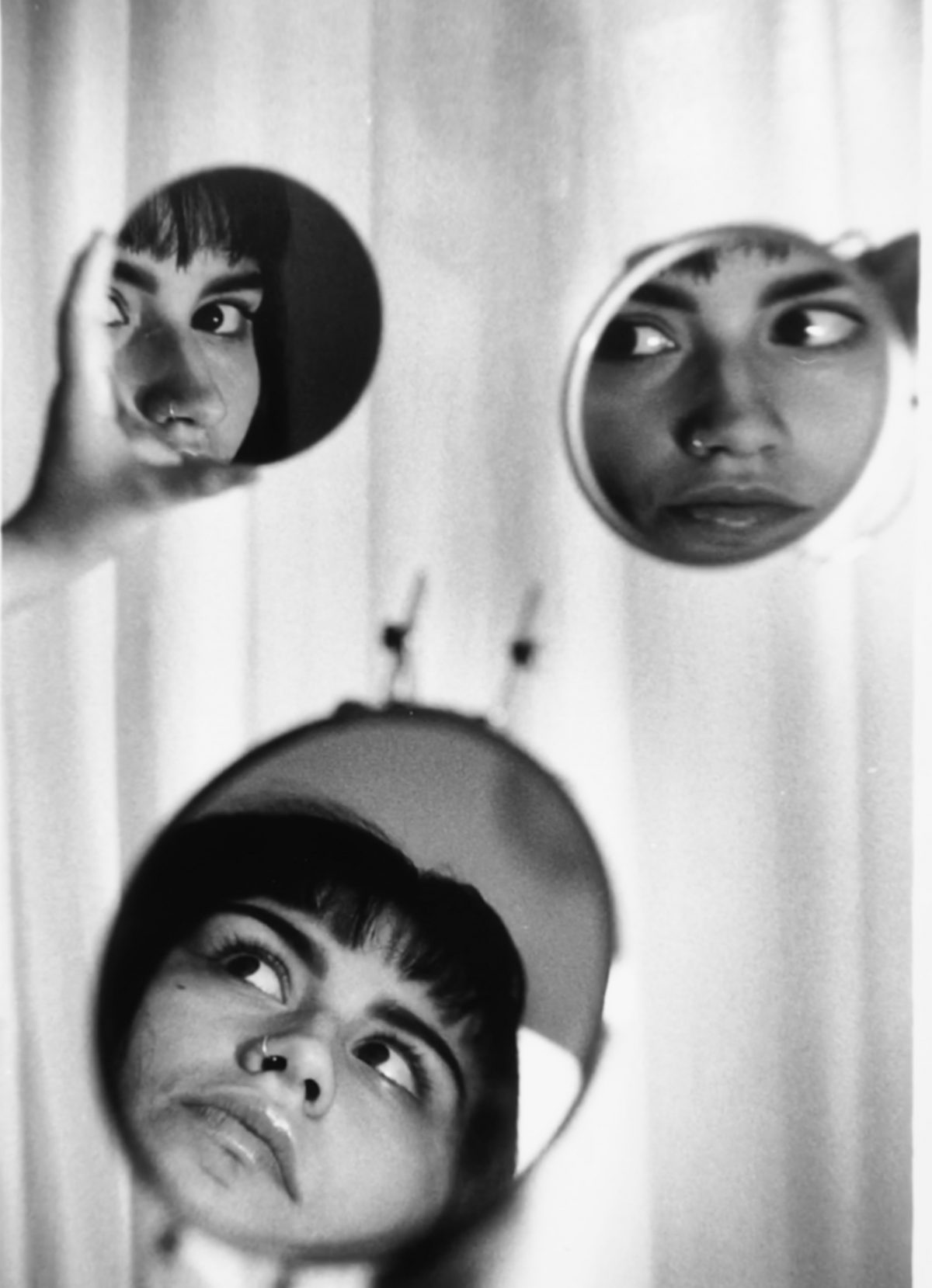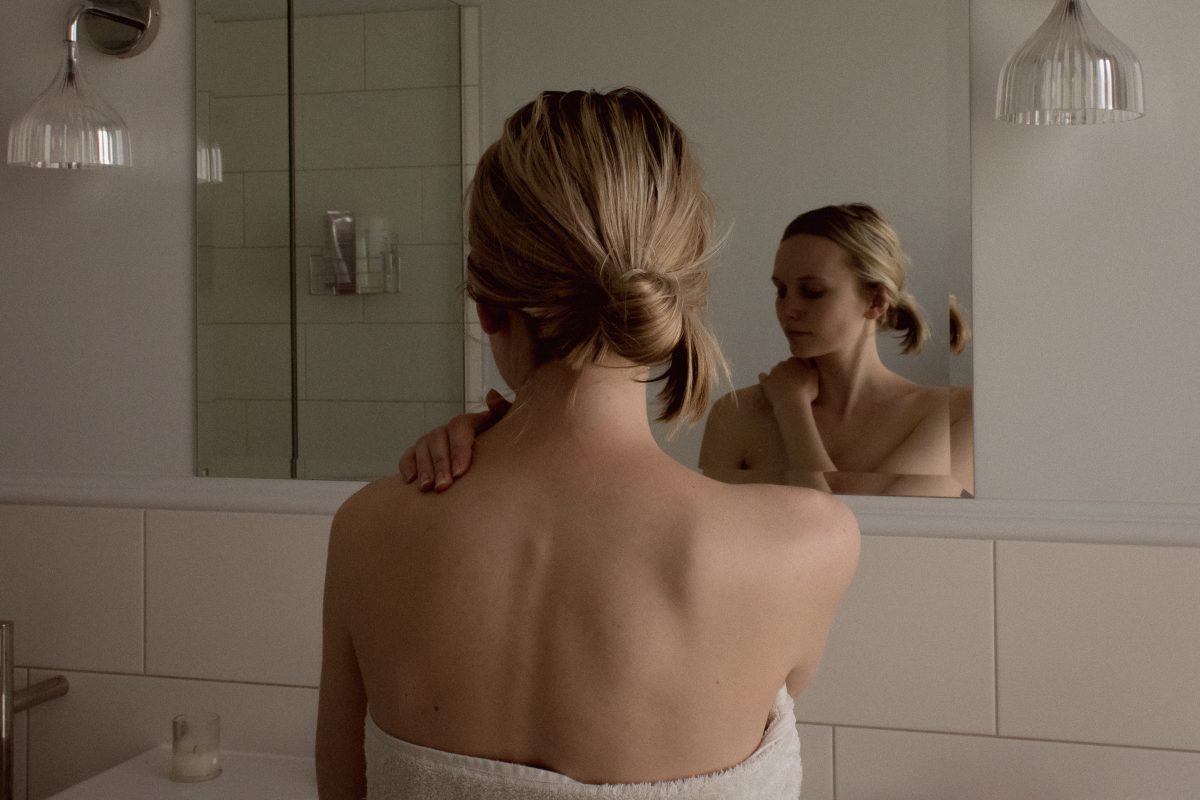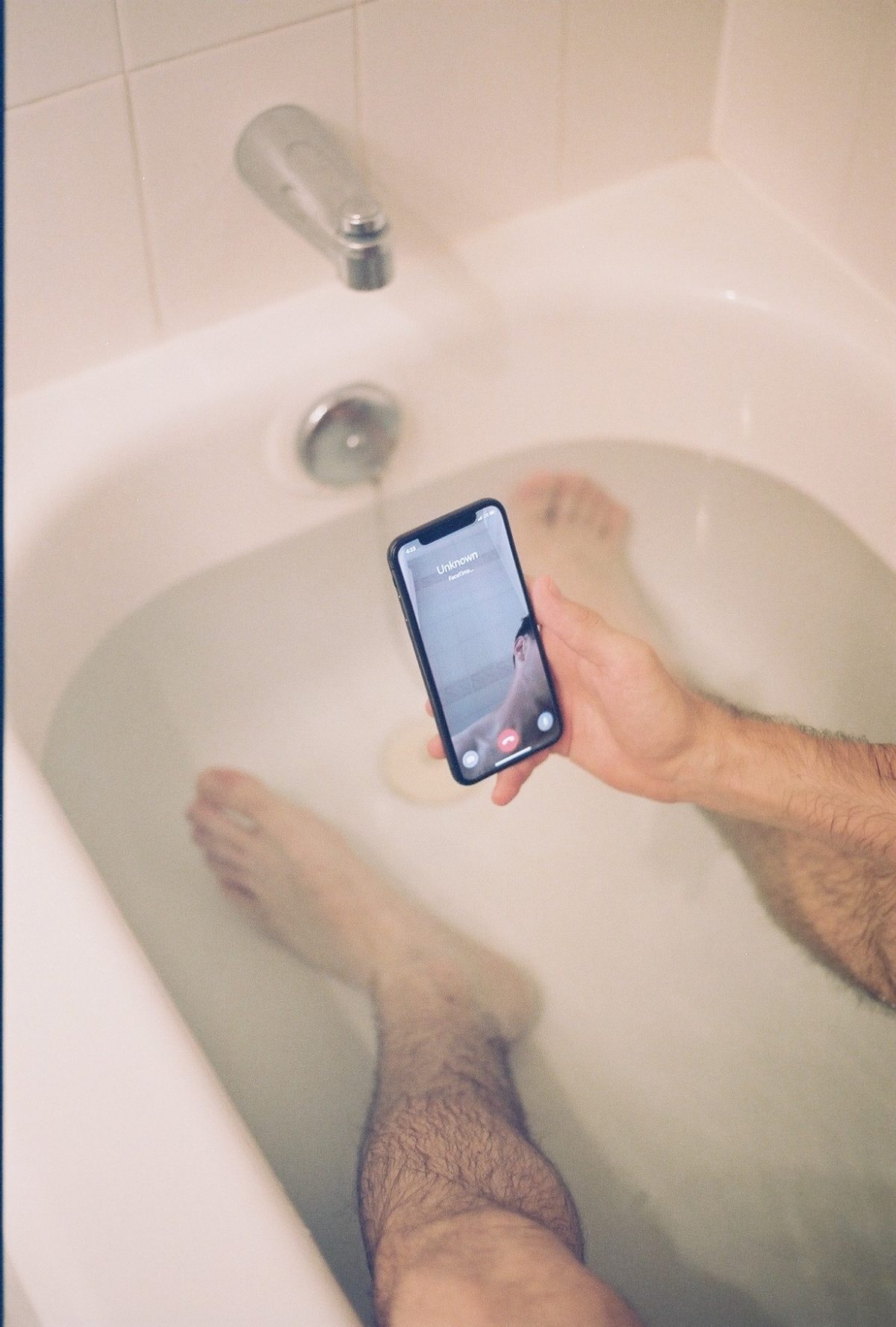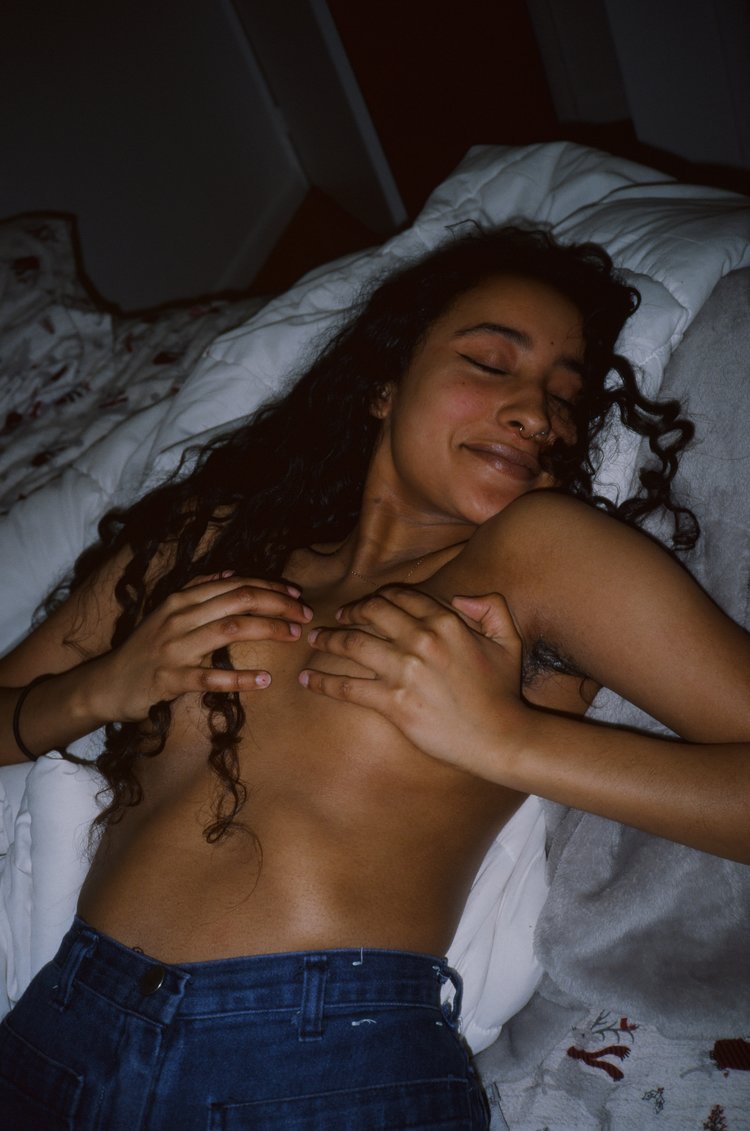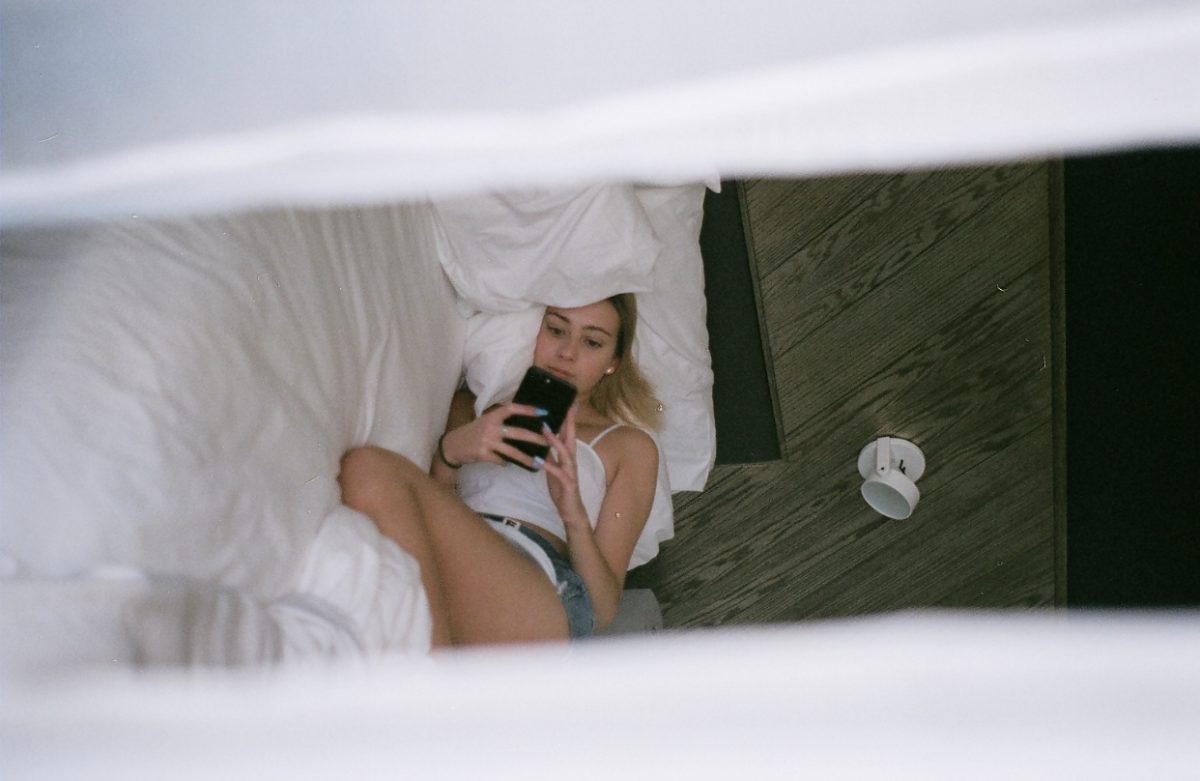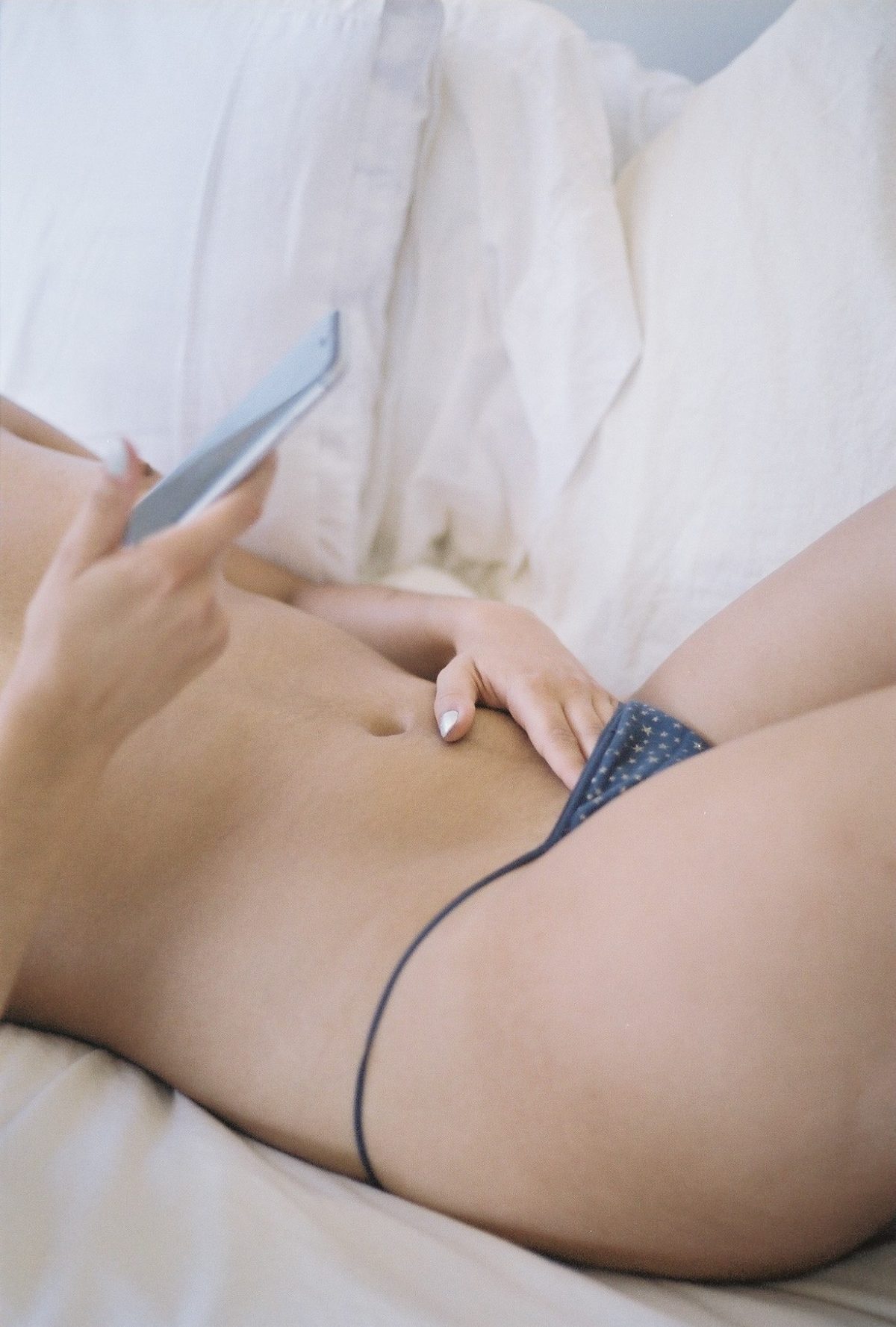I remember when I first got Instagram. My first post was a picture of sunglasses on the sofa in my bedroom — heavily edited with too much saturation and probably some emojis as a caption.
Back then, that was all Instagram was. Maybe a selfie captioned “~a r t s y~” with a weird copy-and-paste font, or that thing we did when we wrote on our hands “U R Beautiful” and put our hands over our eyes. (What was that?!) Snapchat was the same way. We sent each other disappearing ugly selfies and took screenshots of our friends being funny. Stories didn’t exist, and we weren’t trying to document every single moment of our lives. We were just posting, for fun.
The more popular Instagram and Snapchat became, the more pressure I felt to keep up. We now curated our accounts to look perfect. We deleted all of our old pictures and changed our usernames from @glittergirl325 to our full names. Cringey pictures appeared time to time, and we were still over-editing, but it wasn’t as carefree anymore. Instagram became a highlight reel, and Snapchat became the prime teenage communicator.
But things really took a turn when the finsta showed up.
Our beloved finstas… finally an account we didn’t have to curate. Somewhere we can actually be ourselves. Actually, I love the idea. But what I don’t love is what it has become.
Finstas started as funny pictures we didn’t want to share with the whole world. They started as inside jokes and meme reposts and stupid videos. But now, it seems like every finsta is a mix of emotional breakdowns, gossip, and rants. Then Snapchat added the private story. Another platform that allows us to curate our audience exactly as we want it, and we used it for the same reasons — to say what we were too afraid to say in intimate conversation.
With these two platforms, we are digging ourselves deeper and deeper into a hole of invulnerability. We’ve unknowingly trained ourselves to respond to our emotions in this unhealthy and indirect way. We’re swamped with schoolwork, so we post a picture with tears running down our faces — “Finals week.” We have drama with another friend, so we get in the car and post an angry selfie — “I hate everyone.” Worst of all, we’re having a breakdown, so we post another red-faced photo — “I’m going to kill myself.”
We’re dramatizing everything, and the more we do it, the harder it is to go back. Instead of calling a friend and letting them listen, we’re expressing ourselves in a way that no one can listen — much less reply and help.
For whatever reason, it feels safer for us to post something about how we feel that 50 people will see rather than telling one trusted friend. We’re acting like we don’t care, like everything is a joke, when really, we’re all desperately hoping for that one person to swipe up and ask the simple question — what’s wrong?
So let me ask this: why are we depriving ourselves from sacred vulnerability just because we’re afraid of it?
The finsta/private story problem adds to the larger issue of social media. We seem to be losing the art of communication — of that intimate connection in a face-to-face interaction. Social media has brought me some of the greatest friends and connections in my life—I don’t deny it. But when I’m home alone, feeling lonely and unhappy, my social media friends aren’t the ones to nurse me back to life again. Quite frankly, there aren’t many people I actually trust enough to be vulnerable with. And I truly do think that social media has robbed that from me.
I’m not trying to be a typical 21st century mother — blaming every problem I have in my life on social media. But I do think that we rely too heavily on our phones to make us feel good. We justify our emotions with a private story post, and we shy away from real conversation by talking only on Snapchat, sending forehead pictures back and forth.
I’m afraid that I might forget how to feel things without posting them. I’m afraid that I’ll lose the capability to be content in my social life. I’m afraid that in a few years, I won’t know myself anymore, except through the eyes of everyone following my Instagram account.
I don’t think we should all throw social media out the window. Because, quite frankly, we all know that will never happen. But I think we need to take a step back and look at ourselves. We need to find the balance between sharing important milestones to stay in touch and oversharing ourselves to the point of no return. I never want to reach the point when my life doesn’t belong to me anymore. Some things are meant for me, and only me.
Our lives may be long, but they move quickly. When we’re gone, for the first time in history, these apps will share our life stories from the time we were thirteen and posting cringe selfies. That’s absolutely bizarre and amazing. But there are some things I want to take with me. There are some things that I want to own the rights to. I want to keep my memories my memories. My mental breakdowns, my rants, my emotions. My nostalgic, human, childish, and beautiful mental property. I think it’s time to claim back what social media took from us and look around more. Talk to your friends, listen to your friends, listen to yourself.
Social media will no doubt play a huge part in our lives. But don’t let it take over your lead role.
